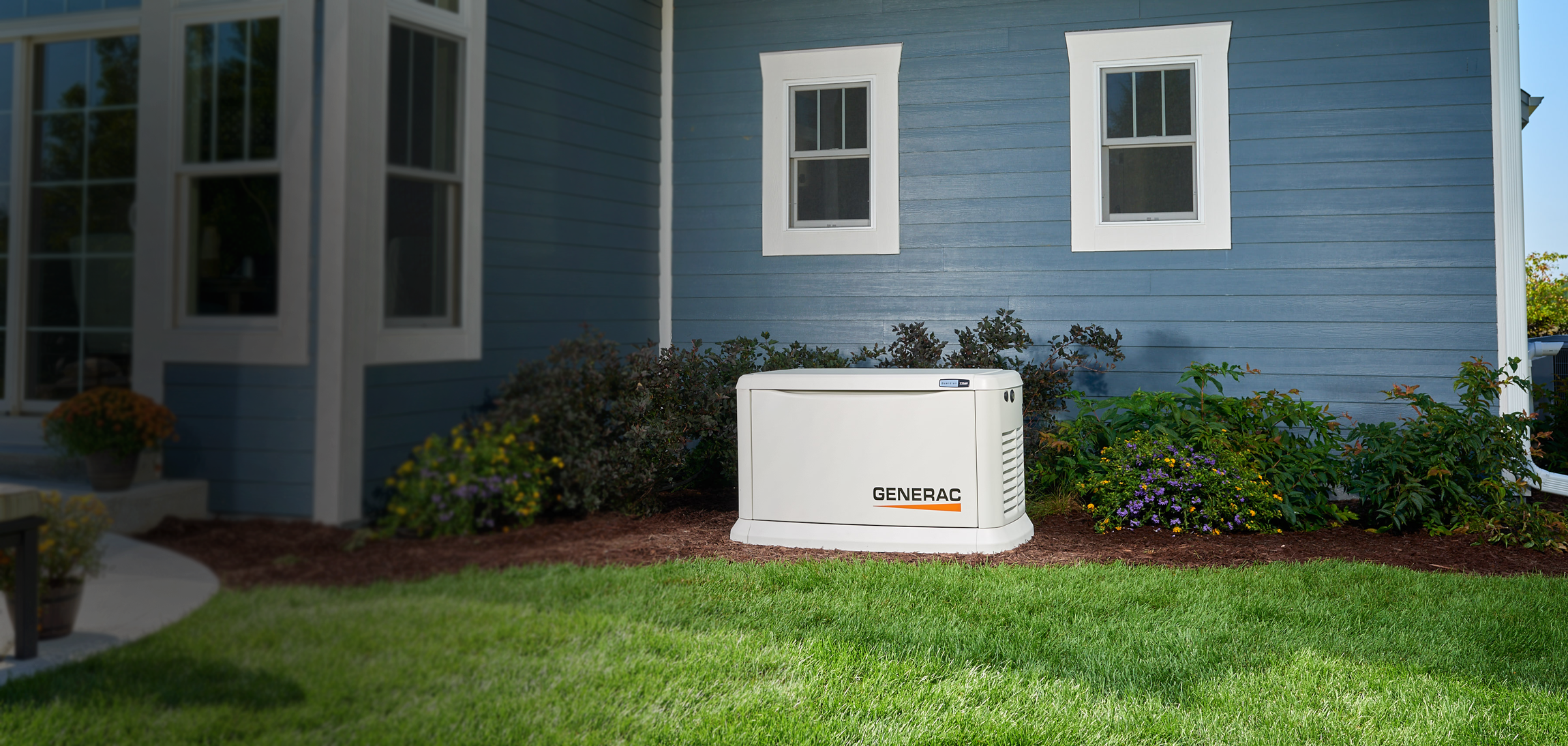Generators are a necessity here in Florida so that you and your family can get through power outages caused by hurricanes with as little struggle as possible. Even if you grew up here, you might not fully understand how to safely operate a portable generator—especially if this is your first time living alone. One of the best ways to be completely prepared for hurricane season is to spend some time learning proper generator operation now.
The first step is to have a plan for how you will run your generator. Mistakes often happen in times of stress, but you can minimize the chance of something going wrong by planning exactly how you will get your generator set up and running. Know where it is stored, where you will set it up, and where the extension cords are that you will attach to it and run into your home. Familiarize yourself with the specific protocol for your model to get it running. You should also have extra fuel stored safely so that you do not have to worry about running out of power.

Storage
Generators can be kept in any garage, shed, or basement, but they should be easily accessible for those times when you need to pull them out quickly. Fuel can be stored along with them; make sure to add a fuel stabilizer if you are buying large amounts ahead of time to slow its degradation. Keep extension cords nearby as well so that everything is quickly within reach.
Generator Operation
Generators produce huge amounts of carbon monoxide as they burn their fuel, which can build up quickly and cause life-threatening conditions. For this reason, you should never operate a generator in an indoor area, even if you have doors and windows opened. Set up the generator in an open-air environment, preferably downwind of your home, for the best results. When connecting appliances to the generator, follow this process:
- First, top off the fuel. Since you cannot add fuel to a hot generator engine, you will want to make sure it is full before starting it.
- Start the engine per the manufacturer’s instructions.
- Once the engine is running, connect your extension cords to the generator.
- Run the cords inside and plug in your appliances.
When unplugging, do this in reverse—appliances should be unplugged first, then remove the cords from the generator, then turn it off.
Never set flammable items near the generator. It gets extremely hot while running and has the capacity to melt plastics that sit too near it. Fuel should never be stored near the generator’s area, as you risk the fuel getting too hot and catching fire.
Accessories
Your extension cords must be highly durable to withstand hurricane-level weather and still reliably bring power to your appliances. Choose types that are specifically marked for exterior use and that will be able to handle the load that you require. Be sure to measure the distance from your yard (or wherever you plan to set the generator) into the house to get an appropriate length cord.
Maintenance is Key
Generators are expensive, so it’s advisable to regularly perform maintenance that will maximize their lifespan. this way you get the most bang for your buck and ensure proper generator operation for years. Check the fuel lines for leaks before you run them, and keep an eye on the amount of extra fuel and oil you have available. Check the air filter and change it if need be. Air filters and spark plugs should be replaced at least every 100 hours (or about four days’ worth) of run time.
Proper generator operation is easier when you have a professional team performing annual inspections. Now is the perfect time to schedule your annual check-up with Promise Electric of Sarasota.


